The glittering runways of global fashion weeks have long been associated with excess - extravagant sets, front-row celebrities flying private jets, and collections that prioritize spectacle over sustainability. Behind the scenes, however, a quieter revolution is taking place as the industry confronts its staggering carbon footprint.
Major fashion weeks in New York, London, Milan, and Paris collectively generate an estimated 241,000 tons of carbon dioxide annually - equivalent to the yearly emissions of a small country. The environmental impact stems from multiple sources: international travel for designers, models, and buyers; energy-intensive venue operations; single-use set designs that become instant landfill; and the frenetic pace that leads to overproduction of samples.
The transportation footprint alone presents sobering statistics. During fashion month, over 100,000 industry professionals crisscross the Atlantic, with some attendees logging enough air miles to circle the globe twice. First-class and private jet travel, favored by elite editors and influencers, can generate up to 40 times more emissions per passenger than economy seating. Ground transportation compounds the problem, with fleets of SUVs idling outside venues for hours.
Venue operations represent another major emissions source. Temporary fashion show spaces often rely on diesel generators to power lighting rigs that consume enough electricity to run a small neighborhood. Heating or cooling massive tents in unpredictable weather requires staggering energy inputs. The 2020 London Fashion Week generated 1,020 tons of CO2 from venue energy use alone - before accounting for any attendee travel.
Perhaps most troubling is the waste generated by ephemeral set designs. Elaborate runway constructions frequently use virgin materials like plywood, acrylic, and plastics that get used for mere minutes before disposal. Unlike theater productions that preserve sets, fashion shows prioritize novelty, leading to a "build-and-burn" mentality. One analysis found 60% of materials used in fashion week sets end up in landfills immediately after shows.
The industry is beginning to respond through both structural changes and creative solutions. The British Fashion Council now requires London Fashion Week participants to complete carbon literacy training. Copenhagen Fashion Week has implemented 18 minimum sustainability standards that brands must meet to participate, including commitments to reuse set materials and offset travel emissions. Several major houses have begun livestreaming shows to reduce physical attendance without sacrificing visibility.
Some designers are reimagining the runway format itself. Marine Serre's Paris show featured models walking through an installation constructed entirely from recycled materials, later repurposed as retail displays. Stella McCartney has pioneered "carbon-negative" shows that incorporate regenerative agriculture principles, while Gabriela Hearst powers her New York presentations entirely through renewable energy credits.
The materials revolution is also coming to runway productions. Emerging brands like Collina Strada and Rave Review increasingly build sets from upcycled waste streams - transforming discarded fishing nets into surreal landscapes or fashioning seating from compressed textile scraps. Even traditional materials are getting cleaner, with several production companies now offering FSC-certified timber and water-based paints as standard options.
Digital innovation presents perhaps the most scalable solutions. The pandemic-era pivot to virtual shows demonstrated that compelling presentations don't require physical transportation of people or materials. While in-person events have returned, hybrid formats persist. London Fashion Week now sees 60% of its audience engage digitally, reducing physical footprints without diminishing reach. Advanced 3D design tools allow some brands to debut fully digital collections, eliminating sample production waste entirely.
Critics argue these measures merely greenwash an inherently wasteful system. True sustainability, they contend, requires rethinking fashion's relentless seasonal calendar that drives overproduction. The emergence of "see now, buy now" formats - where runway pieces immediately enter production - has helped reduce waste from unsold samples. However, the model pressures brands to maintain inventory, potentially exacerbating overproduction issues.
The human element remains fashion week's most stubborn challenge. The industry's reliance on global talent - from Brazilian models to Japanese fabric specialists - makes eliminating air travel impractical. Carbon offset programs have proven controversial, with experts questioning their efficacy. Some suggest regionalizing fashion weeks could reduce travel, though this risks diminishing their cultural and economic impact.
What emerges is a complex picture of an industry in transition. While no major fashion week has yet achieved carbon neutrality, collective awareness has reached unprecedented levels. The conversation has shifted from whether to act to determining which interventions deliver meaningful impact. As public scrutiny intensifies and regulations loom, the pressure to reform fashion's most visible events will only grow.
Ultimately, the runway's future may lie in hybridity - blending physical spectacle with digital reach, maintaining creative expression while embracing circular principles. The challenge mirrors that facing fashion itself: how to preserve what makes it magical while eliminating what makes it destructive. As one sustainability director noted, "The shows must go on - but not at the planet's expense."
Behind the velvet ropes and flashing cameras, a quieter drama unfolds - one that will determine whether fashion week remains a cultural touchstone or becomes a relic of less enlightened times. The next act, like any good fashion story, remains unwritten.

By Grace Cox/Apr 27, 2025

By Noah Bell/Apr 27, 2025
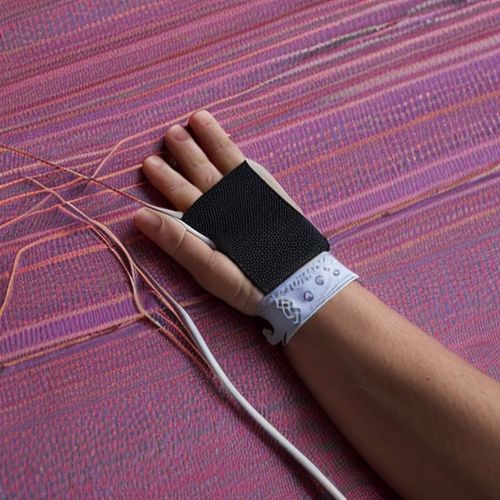
By James Moore/Apr 27, 2025

By James Moore/Apr 27, 2025

By Thomas Roberts/Apr 27, 2025
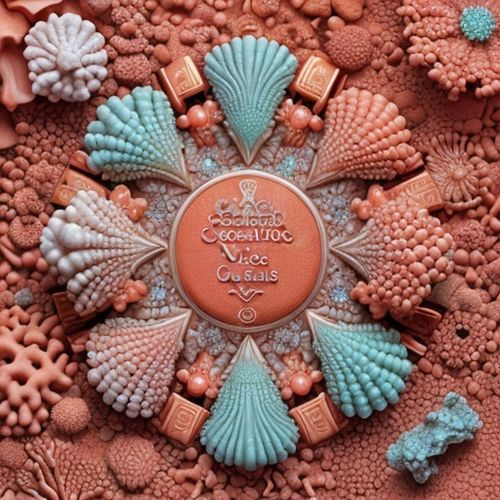
By Grace Cox/Apr 27, 2025
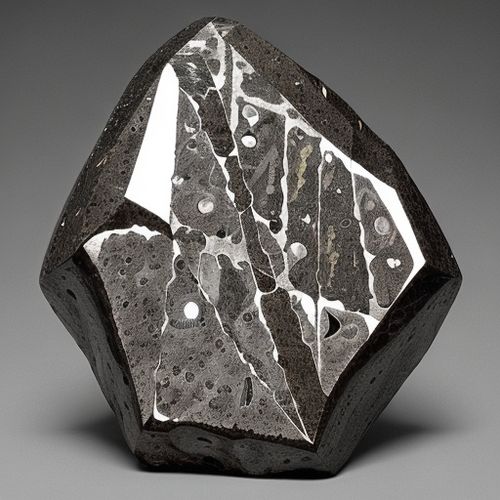
By Joshua Howard/Apr 27, 2025
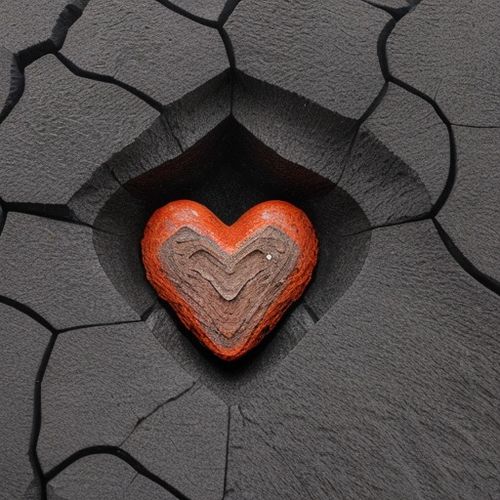
By George Bailey/Apr 27, 2025

By Olivia Reed/Apr 27, 2025

By Sarah Davis/Apr 27, 2025
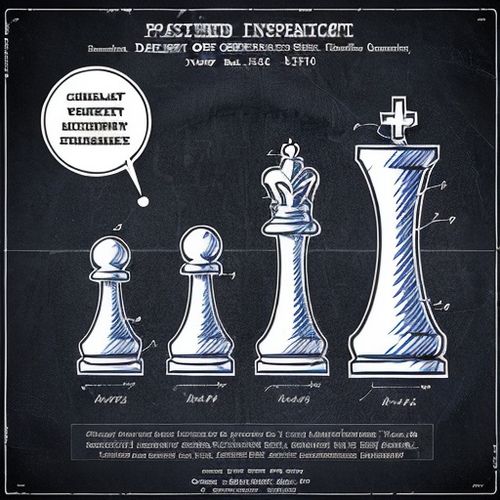
By Olivia Reed/Apr 27, 2025

By Elizabeth Taylor/Apr 27, 2025
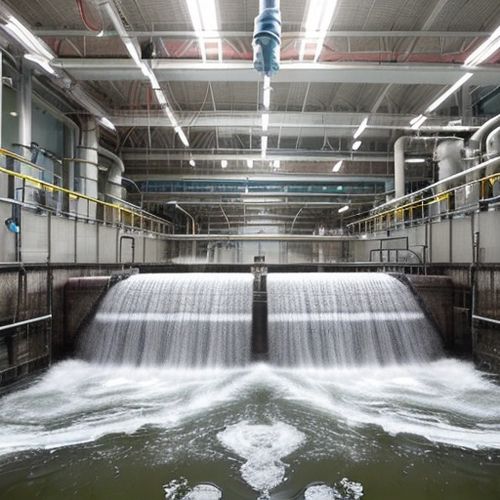
By Joshua Howard/Apr 27, 2025

By Victoria Gonzalez/Apr 27, 2025
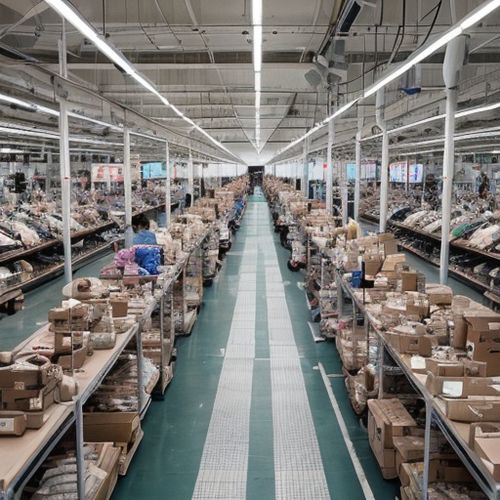
By Michael Brown/Apr 27, 2025

By Olivia Reed/Apr 27, 2025
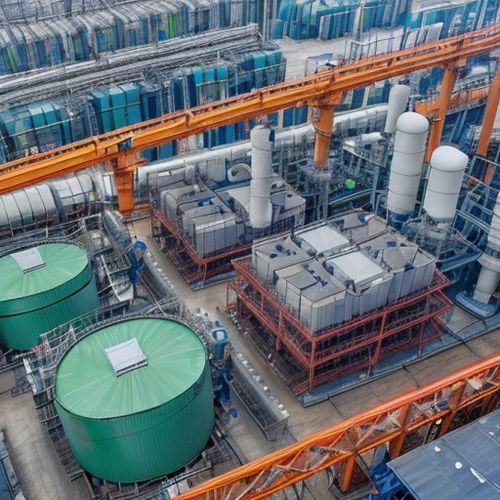
By Grace Cox/Apr 27, 2025
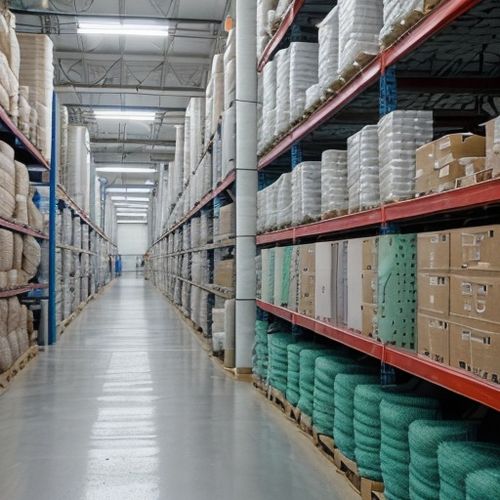
By Amanda Phillips/Apr 27, 2025

By Lily Simpson/Apr 27, 2025
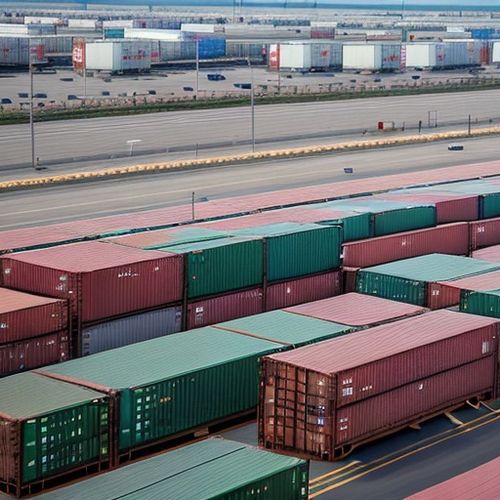
By Elizabeth Taylor/Apr 27, 2025